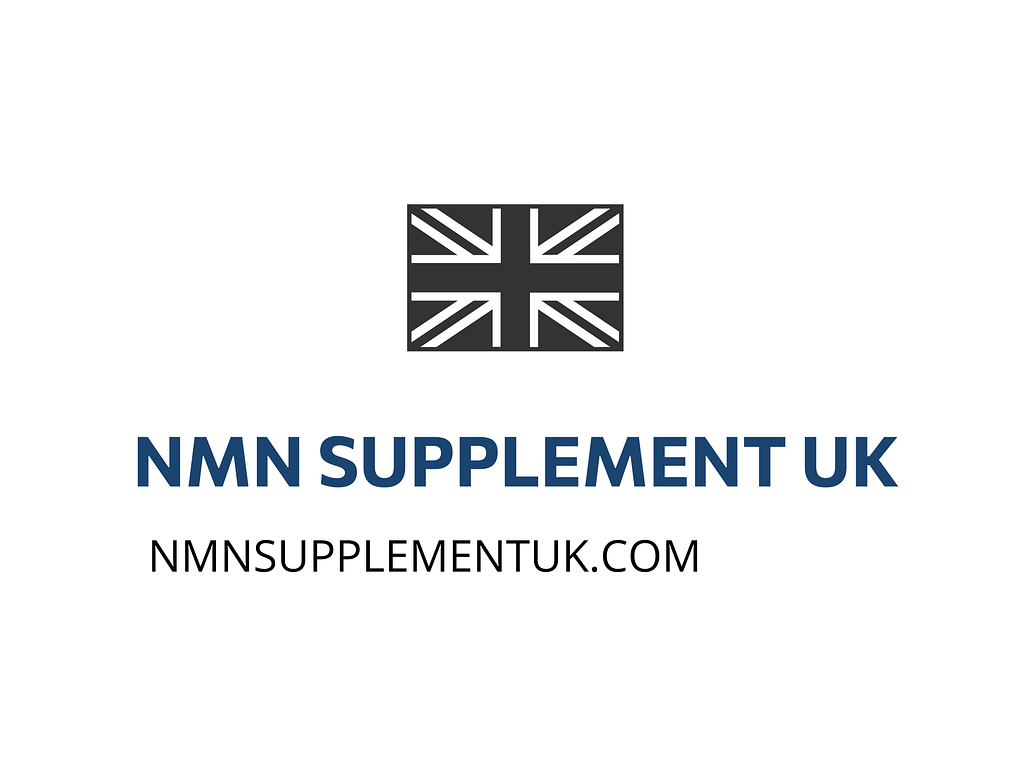Emerging Trends in Longevity Research: A Future Outlook
Emerging Trends in Longevity Research: A Future Outlook
As we continue to explore the mysteries of human aging, researchers have made significant strides in understanding the underlying mechanisms that contribute to our declining healthspan. Two prominent anti-aging supplements have garnered attention in recent years: Nicotinamide Riboside (NR) and Nicotinamide Mononucleotide (NMN). Here, we’ll delve into the current state of longevity research and examine which supplement holds more promise for promoting healthy aging.
Unraveling the Mysteries of NAD+ Metabolism
At the heart of aging lies the intricate world of NAD+ metabolism. As we age, our NAD+ levels decline, leading to impaired cellular function and increased susceptibility to age-related diseases. To better comprehend the complexities of NAD+ metabolism, researchers have turned to studies on NAD+ metabolism and aging: What we know and what we don’t. These findings have shed light on the critical role of NAD+ in maintaining cellular homeostasis and have paved the way for the development of NAD+-boosting supplements like NR and NMN.
NR vs. NMN: A Comparative Analysis of Efficacy
While both NR and NMN have shown promise in boosting NAD+ levels, their efficacy and safety profiles differ significantly. NR, a precursor to NAD+, has been found to increase NAD+ levels in animal models, but its effects on human subjects remain largely inconclusive. On the other hand, NMN has demonstrated remarkable potential in enhancing NAD+ biosynthesis and improving age-related phenotypes in mice. However, the optimal dosage and long-term safety of NMN supplementation in humans require further investigation. For those interested in exploring the differences between NR and NMN, our blog post NMN Supplements vs Resveratrol: Choosing the Right Path for Anti-Aging provides an in-depth analysis of the two supplements.
Future Directions in Longevity Research
As researchers continue to unravel the complexities of aging, several emerging trends are poised to revolutionize the field of longevity research. One area of interest is the development of novel NAD+-boosting compounds that can selectively target specific tissues or cell types. Another promising avenue is the exploration of combination therapies, where multiple anti-aging interventions are combined to achieve synergistic effects. Then there’s, advances in senolytic therapy, which aims to eliminate senescent cells, hold great potential for promoting healthy aging. Our blog post Debunking Common Myths About Anti-Aging Products highlights the importance of separating fact from fiction in the realm of anti-aging research.
Predictions and Emerging Developments
Looking ahead, it’s likely that we’ll see a surge in the development of personalized anti-aging therapies tailored to individual genetic profiles and health needs. The integration of artificial intelligence and machine learning algorithms will enable researchers to identify novel biomarkers and predict treatment outcomes with greater accuracy. Also, the rise of epigenetic editing technologies, such as CRISPR, may allow for the direct manipulation of gene expression to promote healthy aging. Those interested in learning more about the historical development of NAD+ boosters can visit our blog post The Historical Development of NAD+ Boosters: Unveiling the Timeline.
Separating Fact from Fiction in Anti-Aging Research
Despite the excitement surrounding anti-aging supplements, it’s essential to approach claims with a critical eye. Many products on the market make unsubstantiated claims, and some may even be harmful. Our blog post Why Your Aging Process Might Not Be Working: Separating Fact From Fiction provides guidance on navigating the complex landscape of anti-aging research. By understanding the underlying science and being aware of potential pitfalls, individuals can make informed decisions about their health and wellness.
The Role of NAD+ in Healthy Aging
Leading scientists recommend NAD+ benefits for healthy aging due to its critical role in maintaining cellular homeostasis. As we age, our NAD+ levels decline, leading to impaired cellular function and increased susceptibility to age-related diseases. Boosting NAD+ levels through supplements like NR or NMN may help mitigate these effects and promote healthy aging. For more information on the benefits of NAD+, visit our blog post Why Leading Scientists Recommend NAD+ Benefits for Healthy Aging.
Finally, the future of longevity research holds tremendous promise, with emerging trends and developments poised to revolutionize our understanding of human aging. As we continue to explore the intricacies of NAD+ metabolism and the efficacy of anti-aging supplements like NR and NMN, it’s essential to separate fact from fiction and approach claims with a critical eye. By staying informed and up-to-date on the latest research and advancements, individuals can make informed decisions about their health and wellness and take proactive steps towards promoting healthy aging.





